How Do You Support a Flex Duct?
Flexible ducting has unique characteristics from regular ducting, supporting it properly may just save your ducting from being inefficient. That’s why, in this blog, we will answer the question ‘How do you support a flex duct?’
To prevent mould, fresh air should always be introduced into your dwelling daily, as it helps to regulate temperature and reduce condensation. Introducing fresh air can be as simple as having a ventilation routine, or installing extractors or PIV systems. Almost all of this is facilitated by ducting.
Knowing the length of time your flexible ducting should last is key in knowing whether or not you should replace your ducting. And sometimes, whether it is insulated or not may affect that.
I-Sells is here to provide the answers you need whilst also supplying you with all the information you need to combat mould and have a well-ventilated home.
The purpose of ducting
The ducting system is a series of interconnected hollow tubes dedicated to the movement of air, ducting pipes can come in different sizes and as previously mentioned, in different shapes, each of which has its benefit.
Ducting pipes can be as long or as short as required by the space it is occupying. Additionally, ducting can be created from different materials, as we will highlight below.
Ducting is used to facilitate the process of ventilation, ducting systems may vary, but generally are made from plastic or metal & made into the piping which intakes air from the room it is in & expels it outside.
The main purpose of ventilation is to introduce outdoor air into a dwelling, building or room being evenly distributed. Its general purpose is to allow “healthy” air for breathing & diluting pollutants that may be present in the dwelling, building or area.
Flex ducts explained
Flexible ducting (also known as flex ducts, or flexi ducts) serves the same purpose as regular ducting, the function does not change, and the only change is the conduit in which the air travels. There are nominal differences between the two that may make one more effective than the other, but this is purely subject to your needs.
Regular ducting is solid, it can not be manipulated into specific spaces unless it is made specifically for that space. Flexible ductwork however is specially designed to be manipulated into spaces during installation ( and after if necessary.)
Why would I need flexible ducting?
Flexible ducting is ideal for those with limited space but still require ducting. It can also be used as a temporary option. Flexible ducting can come in plastic or metal, applicable in home/accommodation settings, or industrial settings. An example of flexible ducting can be seen in conjunction with vented tumble dryers.
How long does ducting normally last?

Ducting generally has a maximum lifespan of 20-25 years, if it is well-maintained, regularly checked and insulated. Regardless, metal ducting degrades over time, due to the expansion and contraction of metal in response to local relative temperature, which fluctuates seasonally.
Flexible ducting, if taken care of, with no dramatic or constant changes in its environment that require it to be moved should also last the lifetime of regular ducting. Though it is more susceptible to holes.
How do you support a flex duct?
When it comes to supporting any sort of ducting, it is established through processes that ultimately ensures a longer lifespan and a maintained level of efficiency for the ducting. When it comes to a flex duct, you can support it by:
- Regularly checking it for any holes, or buildup of dust inside
- Remove any buildup of dust
- Securing connected ends with a hose clip
- Apply ducting insulation
- Ensure the flex ducting is fully extended
- Keeping the ducting away from environments in which it can develop condensation
- Making sure the surrounding area is not afflicted with mould.
- Replace it with new ducting if it is beyond its lifespan or has mould, or a multitude of holes etc.
What happens if you don’t support a flex duct?
If you neglect your flexible ducting, you can expect a reduction of output due to a buildup of dust, holes in the ducting, and a possibility of mould within the ducting itself.
If mould grows inside flex ducting, this means the ducting has been compromised and outside air has been able to get inside, changing the temperature and creating an opening for mould to grow in the usually hot and dry climate within the duct.
Mould can develop complications in people with medical problems, particularly respiratory. So the last place you would want mould is in an area that channels air, as mould can transmit through the air.
Flexible ducting sizes and options
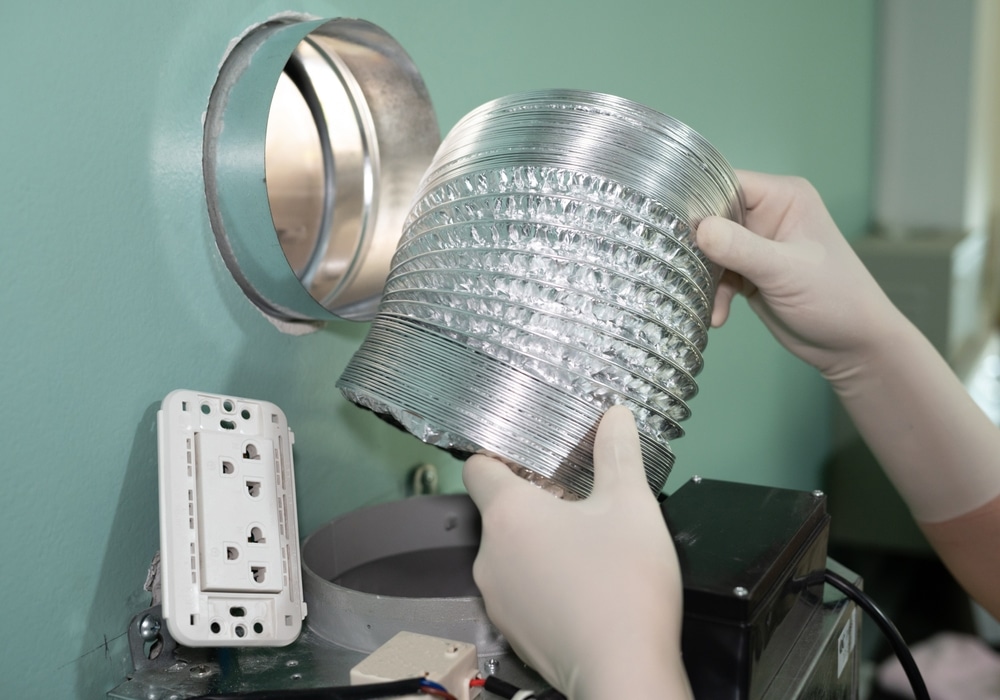
The flexible ducting we offer comes in a variety of sizes and styles, including varying diameters including an aluminium 100mm diameter, and 102mm diameter . We have certain flexible ducting that is more suited to hot environments, all the way to ducting you can use for your tumble dryer.
Of course, we also offer ducting at different lengths to suit your needs which you can decide before ordering.
Can I use any kind of ducting?
Not necessarily, some ducting is more suited to home environments whilst others are more suited to industrial environments.
Luckily we have two seperate categories for this on our website to make it easier for you to navigate depending on your needs. Simply hover over the tab that says ‘flexible hoses’ and choose between ‘commercial’ and ‘industrial’ to begin browsing.
Can I cut flex ducts?
Yes, it is possible to cut flex ducts, in order to do this you will need a duct knife or a utility knife, and securing with a metal hose clip. You should make sure that before cutting your flexible ducting, you have fully extended it within the space it will be occupying.
It should not be coiled in any area except for the end that you intend to cut.
The best time to replace ducting
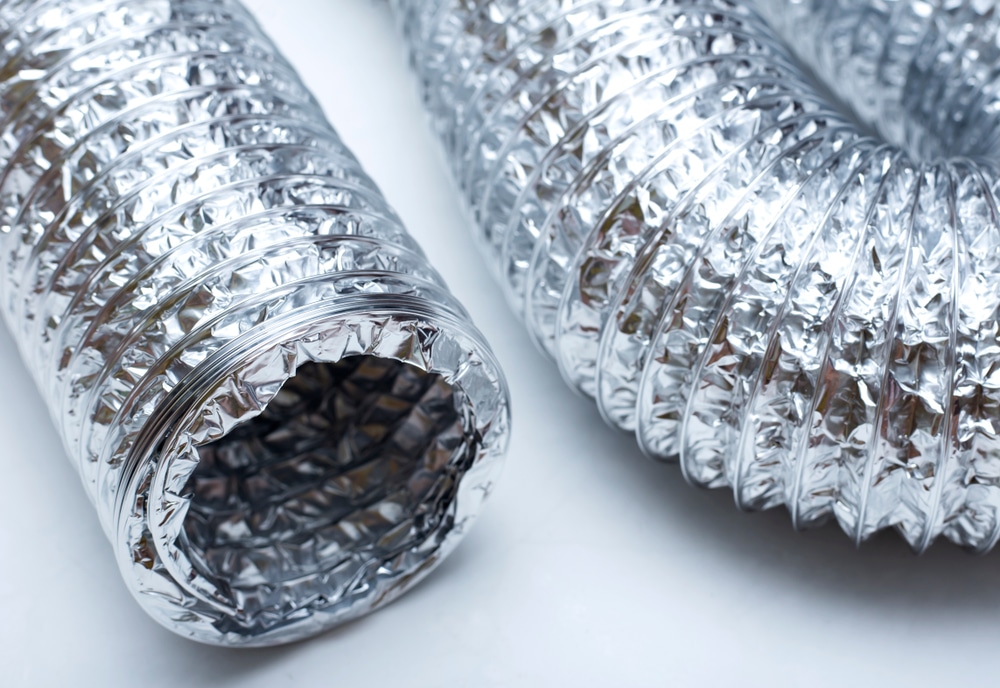
When moving to a new home, or new building it is important to speak to the previous owner/landlord etc to establish the status of the current ducting that is installed. You would want to ask how long they have been there & when they were last inspected.
Any ducting that hasn’t been updated or checked beyond 20 years is definitely in need of replacement. If they don’t have the answer, here are some key factors that would determine your ductwork being replaced without the intervention of an HVAC technician to check themselves.
- A reduced input/output (this can indicate a large amount of dust inside the ducting)
- Broken areas that allow air to escape, whether this is on the ducting pipe or the connecting joints
- Condensation on the ductwork
- If the ducting hasn’t been checked or worked on in years
- Mould in areas neighbouring the ducting (could be an indication to mould being within the ductwork.)
Purchase ducting today
We at I-Sells endeavour to make sure our customers have all the information they need before choosing to invest in our mould solutions. Be sure to visit our blog page to gain knowledge on the wide array of factors and issues surrounding ventilation, mould, condensation, and much more.
We hope to have answered the question ‘How do you support a flex duct?’
We understand you may have more questions, Do not hesitate to contact us for more information with regard to whatever you may need our help with. If you’d like to send us an email, click here. For other contact options, see below:
Call us on 020 8463 9696
Visit us at our showroom:
*OPENING TIMES*
Monday – Friday: 8:00 am to 5:30 pm
Saturday: 9:00 am to 12:00 pm
Sunday: Closed
15 St John’s Parade
Sidcup, Kent
DA14 6ES
United Kingdom

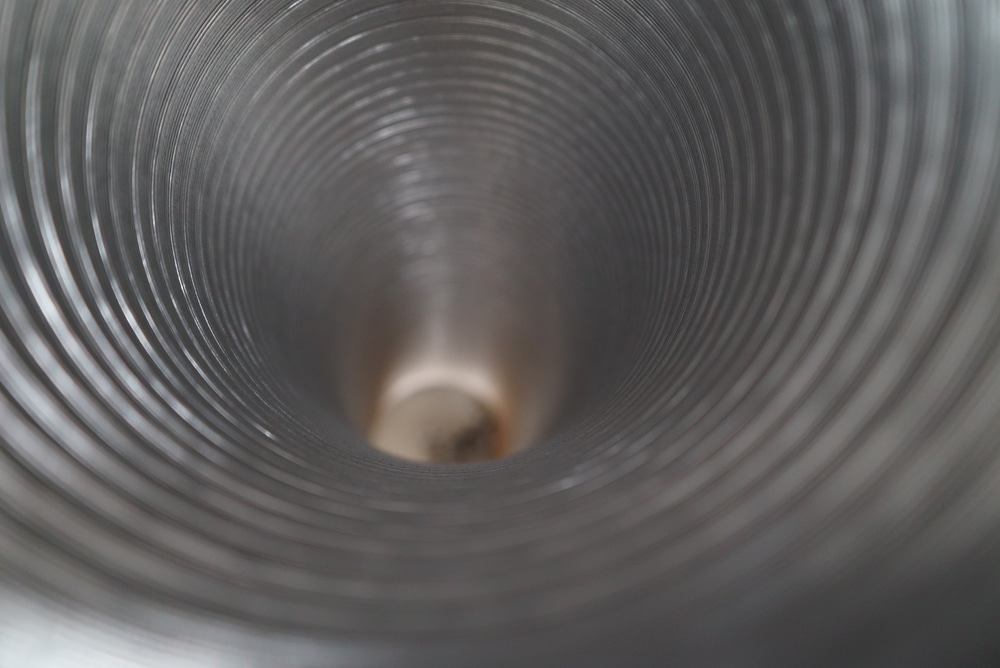
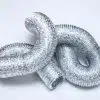
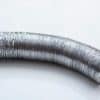
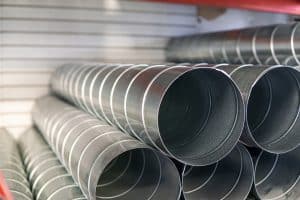
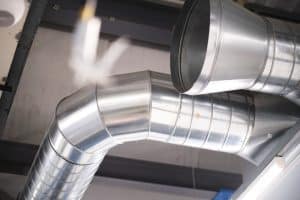

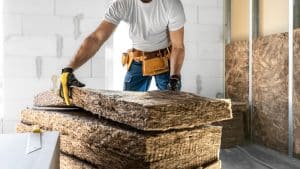
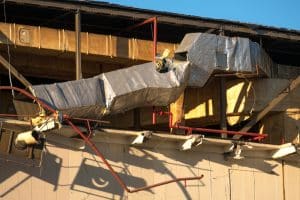


















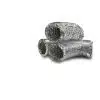

Add comment
You must be logged in to post a comment.